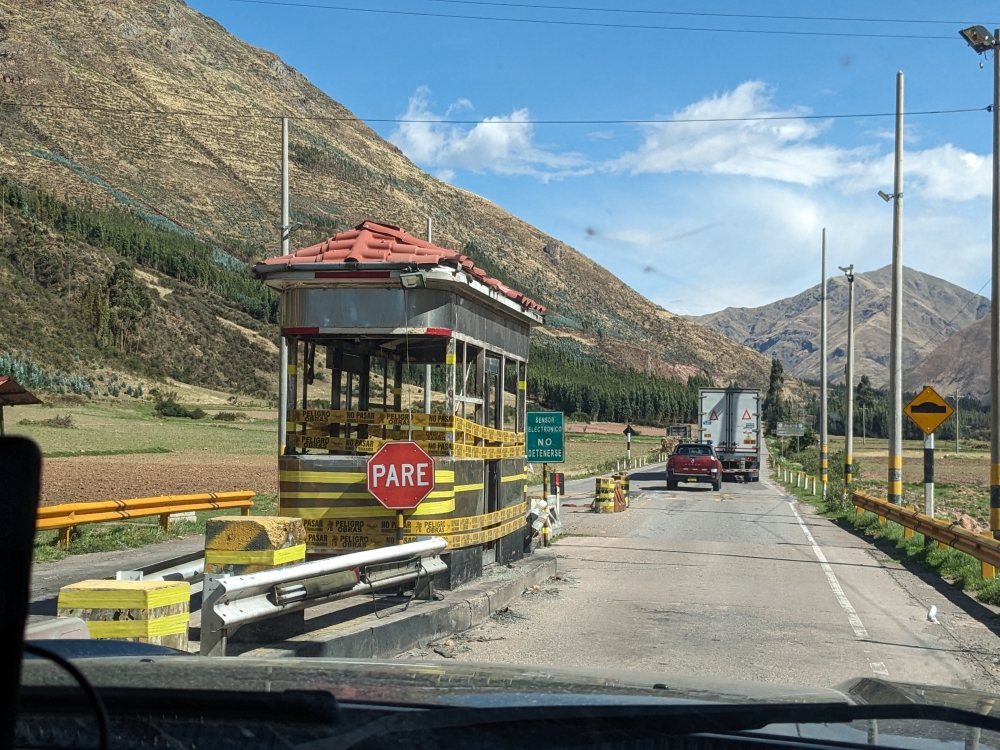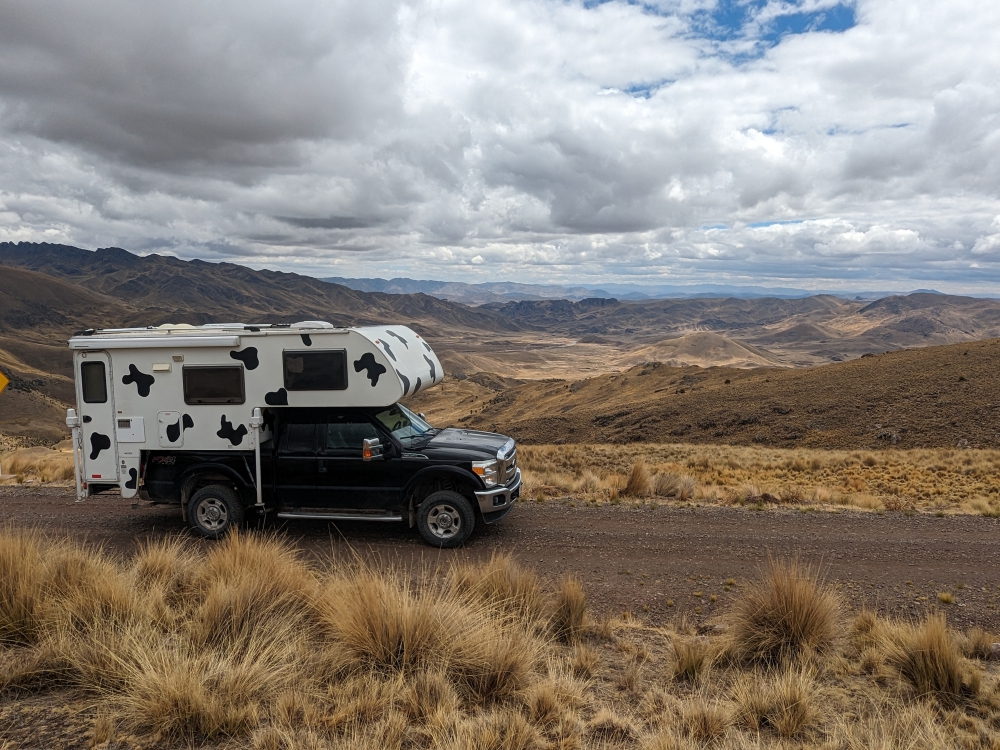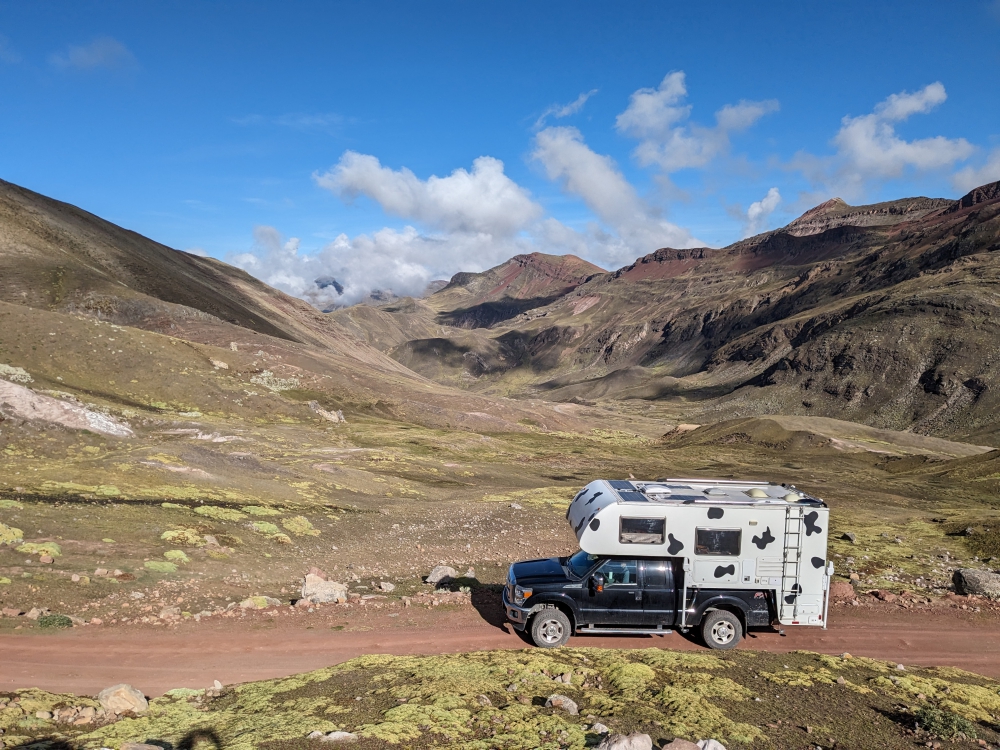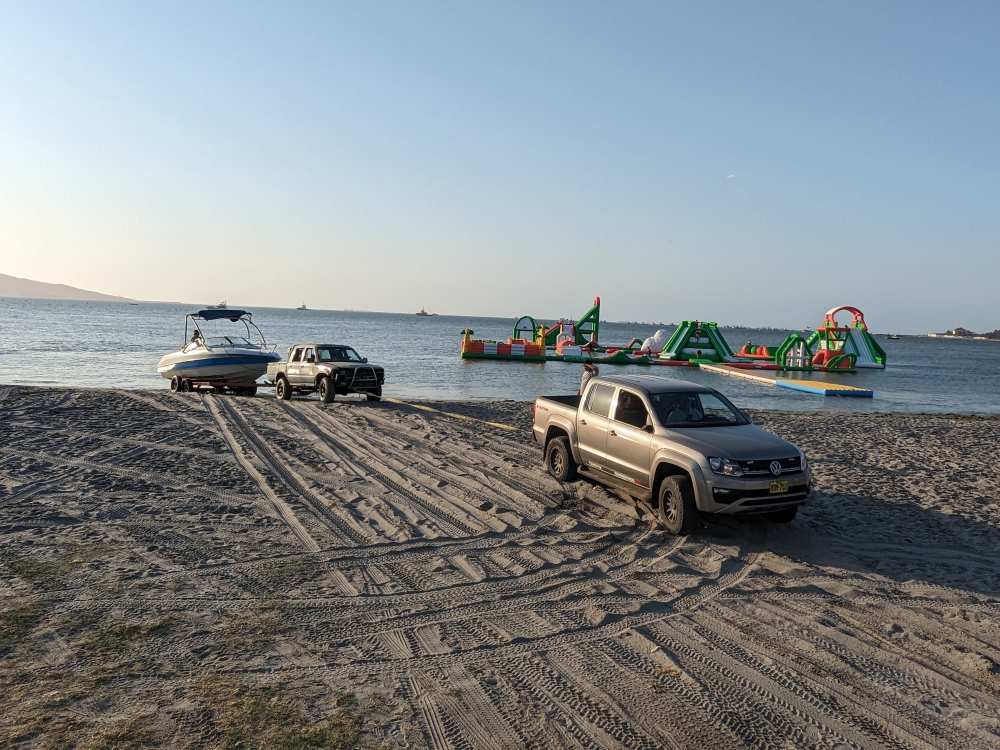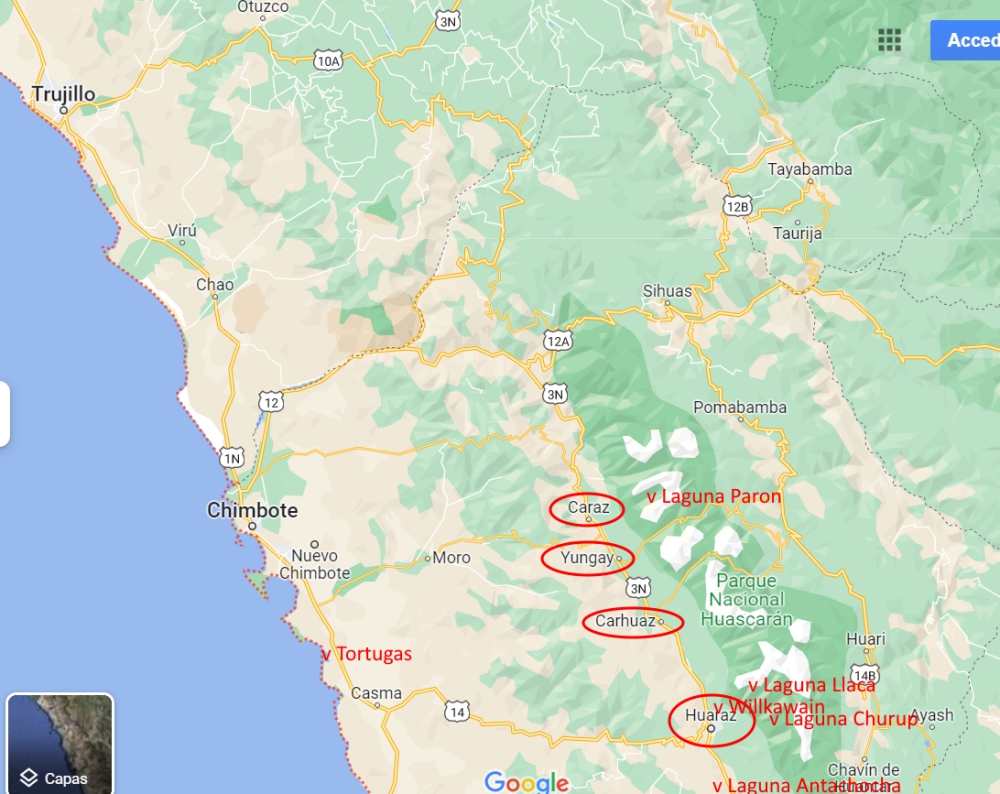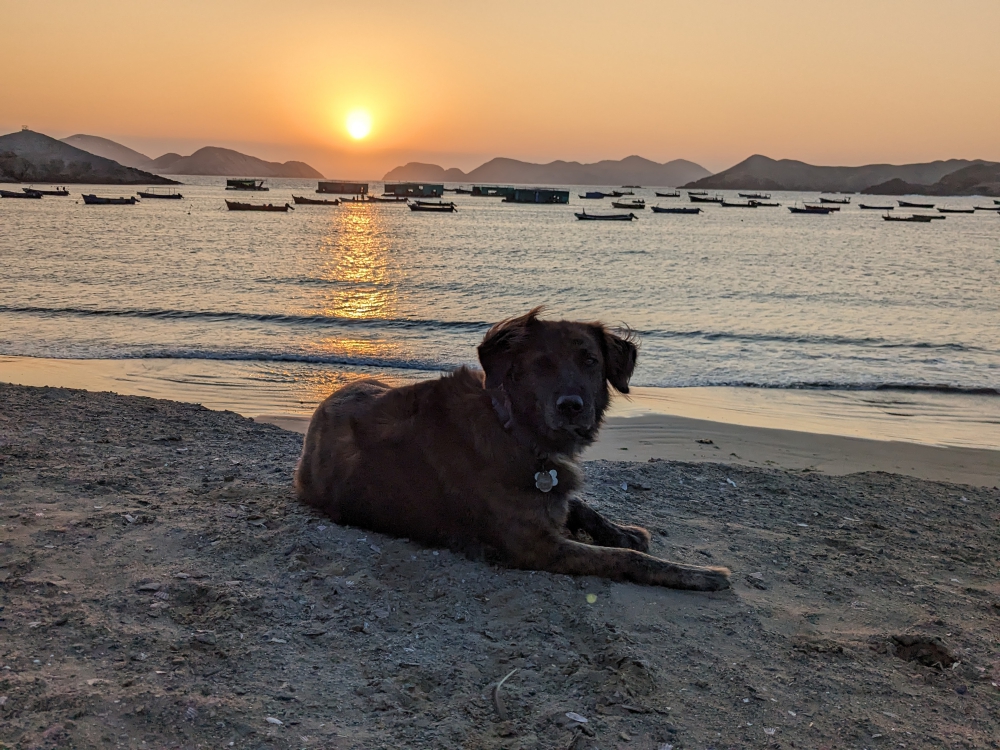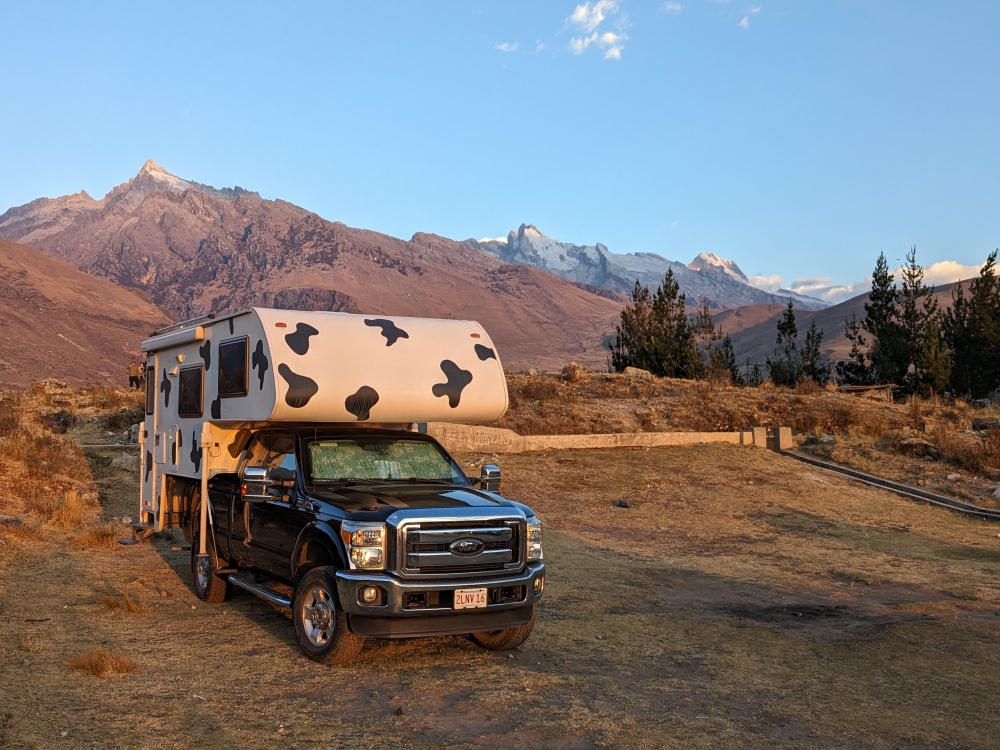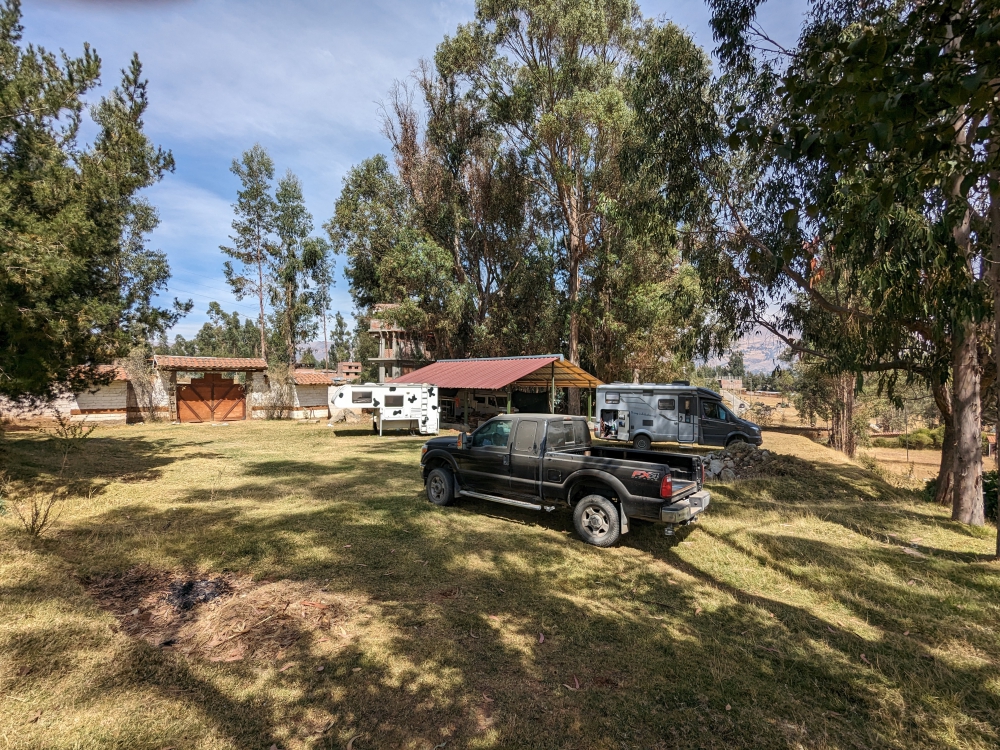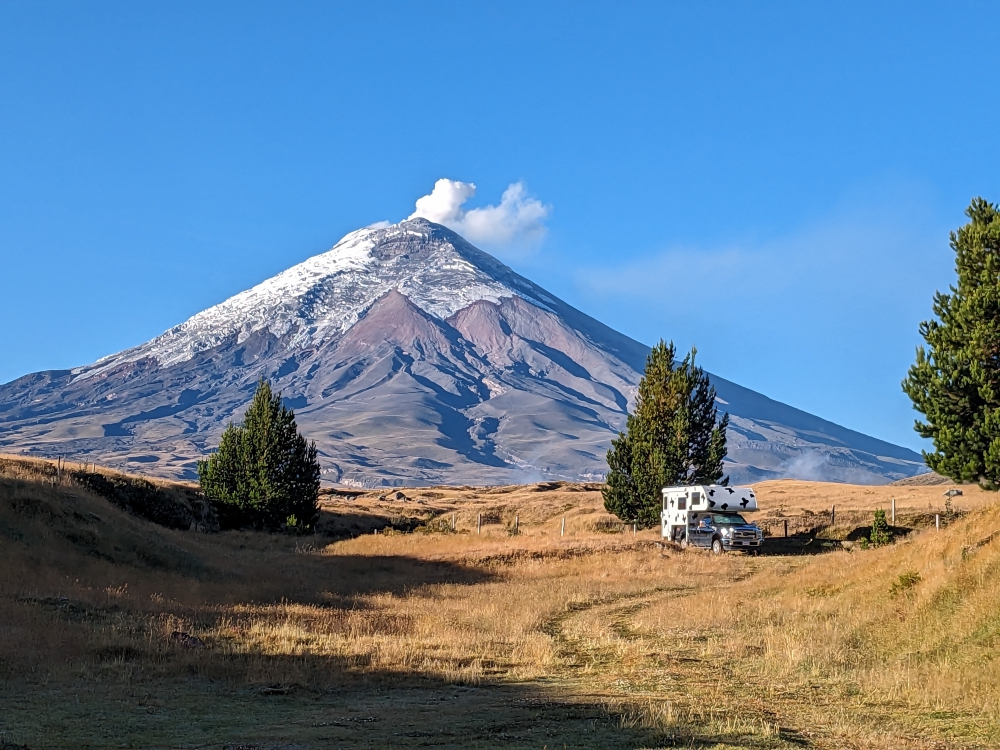
Every month, I post a report of our expenses to show that it is possible to live a comfortable, exciting, and adventurous life without breaking the bank. The less money you spend, the less you need to make. 🙂
This report includes ALL of our expenses, in US$, for two adults and one 60-pound dog (we adopted Maya on June 4th, 2019). Under groceries we incorporate food, produce, and non-alcoholic drinks predominantly bought in supermarkets. Toiletries belong in that category as well. Dining out means eating at a restaurant/event or purchasing take-out food. The health category covers non-prescription medicines and vitamins/supplements; medical contains prescription drugs and doctor’s visits. Because of our income level, Mark and I are eligible for free health care within the state of Massachusetts. For check-ups and extensive care, we return to the US East Coast. Other health issues are resolved locally and out of pocket where needed and possible.
In September 2023, Mark, dog Maya, and I explored the central part of Peru in our truck camper, Thirsty Bella. It was an eventful month – financially and otherwise – and the most expensive one this year, at around $2,300.
Note: Traveling overland in this country with your own vehicle is VERY different from flying in as a tourist, using organized transport, visiting the highlights, eating in high-end restaurants, and sleeping in comfortable hotels.
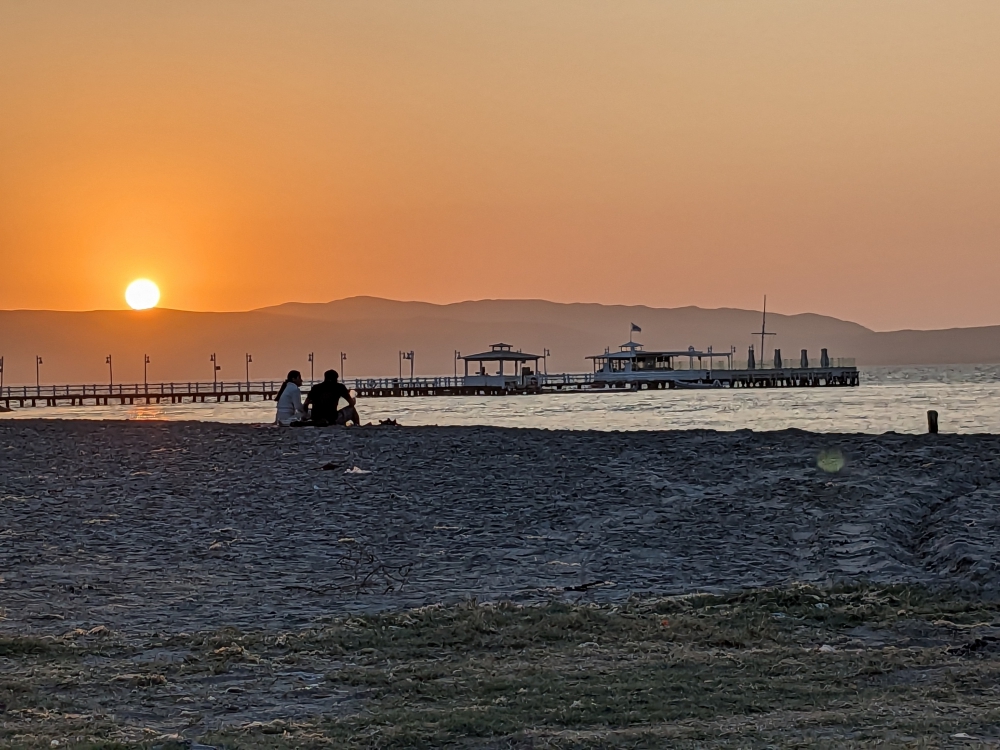
Sunset in Paracas
In Peru, nothing is easy and every event comes with a story or a crazy twist. Hence this longer than normal report. Despite extra expenses, the car category was, again, the highest one for last month, because of the high cost of gasoline (around $5/gallon), our bad fuel economy, and the tons of (mountain) driving we did. Peru is a large country, we only received three months of entry, and when we don’t like a place, we move on… so we drove a lot. Still, spending almost $600 on gas hurts. Other car costs went to parts, a checked airline bag to have a friend bring said parts to Cusco, tolls, and parking by a grocery store.
(As always, hover over or click on photos in galleries to read their captions.)

Prices for gasoline hover around $5 per gallon.

Getting fuel

Toll booth along the Panamericana

Prices for the toll booth
The first big and random expense was for a Starlink satellite internet system. After months of debate (it’s a pricey product and service), dealing with relatively decent cell service in Colombia and Ecuador (dismissing the purchase), and struggling for weeks to get online in Peru, we bit the bullet and decided to buy Starlink.
Except, we couldn’t. Mark tried for three days to order the product on Starlink’s website for around US$500. The price of the system and the monthly service fee depend on the country – in Ecuador, the dish was the cheapest at $300; in Colombia, the monthly service is, at $65. All our credit cards were declined, even a debit card. We tried different shipping addresses, email addresses, and local ID numbers. Several people provided info to help out, but nothing worked. We couldn’t purchase the dish.
In Lima, we searched for alternatives and found a guy who sold brand-new units for $450. We were leery about it, not wanting to meet inside his house, so set up an appointment at the parking lot of a grocery store. Junior didn’t show up on time, so we bought groceries and were ready to give up on the whole endeavor. While messaging with him, he asked us for more patience and offered a discount if we gave him another chance to show up. So, that’s what we did.

Parked at a mall to deal with the Starlink purchase

Getting groceries, so our drive here, with the camper, wouldn’t be a total waste
When Junior eventually showed up, three hours late, in a wheelchair pushed by his girlfriend, we felt guilty. Of course, it wasn’t easy for him to meet outside of his house (which is located in a questionable area of Lima). It took another couple of hours to transfer the Starlink account and for Mark to make sure the system worked. Well, it actually didn’t at that location and, since everyone was losing their patience, we took a leap of faith and committed to buying the system then and there.

A brand-new Starlink unit

Junior and his girlfriend patiently wait while Mark checks the equipment and makes sure it works.
In an act of goodwill, Junior gave us all the purchase receipts, information, and a one-week “warranty” to return the product if we didn’t get it to work properly. We paid the agreed-upon $430 (in local currency), shook hands, and moved back to our parking spot in Miraflores, where, miraculously, the system worked. We stayed in touch with Junior, recommended his service online, and helped out with questions he had for future customers.

A new family member sharing the bed with us!

No, we did not keep the box.

Finding a spot to store Starlink before we permanently install it isn’t so easy.

Starlink in action!

We usually put the Starlink dish on our roof when we want to use it. A cable has to run through an open window.
Paying for Starlink’s monthly internet service wasn’t easy either, due to the same international credit card issues but at least, as official subscribers, we can now contact their customer support. Starlink has been a game changer for us. It provides unlimited internet throughout South America and the world, but, in the last few weeks, we did have connection issues three times: when a massive sandstorm blocked access to the satellites, when we were camped in a deep canyon, surrounded by two steep walls, and when being parked next to a patch of forest, the trees interrupting the signal…

The sandstorm blocked the sun and our dish’s connection to the satellites. Doesn’t the sun look like a full moon?

Camped along a river towards Cusco, out of view from the main road and surrounded by steep canyon walls
Other costs that fall into the “computer” category were parts for a future 12V conversion for our Starlink system (a massive project), which our friend Lauren brought back from the US, the renewal of one of our internet domain registrations ($22), and, after one year of having a cracked screen on my Google Pixel Smartphone, we had it replaced in Cusco for $40, providing our own screen, which Mark brought back from the US a little while ago.

After one year, my badly cracked screen was replaced!

Prepping the Starlink installation
Our grocery purchases were average at $267; as usual, we cooked most of our meals at home. The next big expense was dogfood for Maya. As a highly allergic dog, she eats a special kind of fish-based food of a brand called Taste of the Wild, which is not available in every South American country, let alone, city, and is pricey, especially outside the US. We had three big bags delivered to our friends’ address in Lima, and managed to find storage for them in Thirsty Bella. Maya should be set now for another 18 weeks.

An extensive range of potatoes at the San Pedro central market in Cusco. The price for one kilo is around $1.

We found flaxseeds at a bulk section in the Orion grocery store in Cusco – time to stock up!
With all the eating out we’ve been doing in Lima and Cusco, the total cost wasn’t too bad at $126. We don’t eat out often and are picky about the cost – and reputations – of the places we splurge at. September offered a nice balance.

Finally ordering the Caldo de Gallina – rooster soup

Caldo de Gallina is tasty, filling, and affordable

Costazul is a popular and recommended seafood restaurant in Miraflores, Lima.

Wonderful seafood dinner in Miraflores

Sharing a pitcher of sangria with friends at a vegetarian restaurant

Enjoying a lovely day dish (menu del dia) in Cusco for the equivalent of $3 per person
Our utilities were higher – and will be from now on – than other months, because we switched to Starlink satellite internet. Our monthly (Peru) fee for that is $70. Last month, we augmented that with the local Claro service before we switched over and for a bit afterwards, as it’s our only means to have cell service away from the camper and – currently – while driving, since the unit hasn’t been permanently installed yet. We hope to cut Claro – and any local service – out entirely, because we hate giving money to companies that don’t have their act together and frustrate us.
We managed to get most of our potable water for free at gas stations, confirming multiple times that the water, indeed, was okay to drink. Once, in Paracas, when we were totally out, it took an hour to find a place that sold 5-gallon (20L) water jugs, at an elevated price. We needed one to hold us over another day at the beach. Easier to fill up with our hose!

How do you fill your water tank when the faucet doesn’t have threads for your hose?

Our water thief in action!

Filling with potable water at a gas station

Whenever we can, we use a filter when filling our water tanks. It slows the flow a lot. We also have an indoor, under-the-sink filter.

Slowly filling with water at a gas station where we topped up our fuel as well.
A third, unexpected expense went to a hospital visit for Mark. For many weeks, he’s been having chest pain, in between his ribs. Because of his medical history, everything out of the ordinary raises flags and has us worried. A visit to a private clinic and a chest X-ray concluded all seems fine and his body is just bruised, but the pain has not disappeared yet. An unpleasant side effect of this hospital visit is that he came home with a bug or a virus and we’ve both been sick for a week now. Wearing masks is still important!

Parked on the edge of Cusco for a week, here next to the Italian van

Blocked in during the weekend. We couldn’t even leave if we wanted to.

Mark’s chest X-ray didn’t show anything out of the ordinary
We spent some money on alcohol in September, but didn’t really drink, apart from being with our Italian friends Valeria and Davide in Paracas and Cusco. The reasons for this abstinence: often camping at high altitude requiring lots of hydration, having frequent headaches, and being sick.

Spending quality time with our new Italian friends, Valeria and Davide

Enjoying a wonderful Italian dinner in Bella, cooked by our friends

Second Sunday pancake breakfast with Val and Davide
Transportation is not a usual category as we have our own, but in Lima and Cusco, we took a handful of cabs to reach places. We always used Uber or InDrive (a bit cheaper) to visit sites or people while camped at the edge of Lima, and to get to the hospital for Mark in Cusco, when parked outside of the “tight” town.
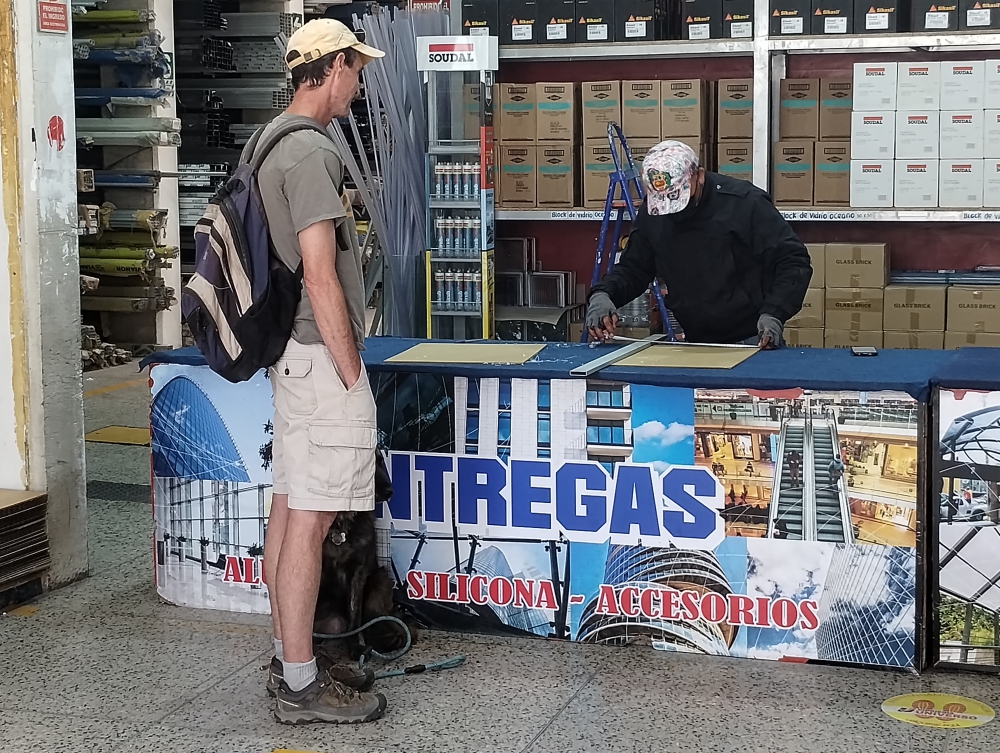
Buying a piece of plexiglass and having it cut to size in Cusco
We bought a few new items for our household (ice tray, cutting board, frying pan, toothbrush charger) and for camper projects (screws, caulk, plexiglass), went out for drinks once (the staple Peruvian cocktail, Pisco Sour), had our laundry done in Cusco, and explored a few sites.

My first Pisco Sour

Two Pisco Sours during happy hour in Barranco, Lima, cost around $10.
Entertainment was provided by a guide in Lima, who we tipped at the end, and a visit to Paracas National Park, leaving Maya in the car.

Our walking tour guide in Lima

Entrance to the “fountain park” in the evening is $1 per person.

Under grey skies, it is difficult to see that one lagoon is blue and the other pink (Paracas NP.

Cathedral Bay in Paracas National Park

Coastline in the park

Our free camping spot in the town of Paracas for a week. On this Sunday, a group of tuk tuk drivers decided to have a party next to our camper for the day.
Between the coast and Cusco, we stopped at several archeological sites. Mark and I enjoyed the Palpa Lines and geoglyphs more than the Nazca ones and made a little detour to the cemetery of Chauchilla.

Huacachina L:agoon

Camped in the desert by the Pampa geoglyphs

Some of the Palpa lines and geoglyphs

Two men as part of the Palpa lines

Some of the Nazca lines seen from an observation tower

Cemeterio de Chauchilla
We were annoyed by a disrespectful parking situation – and attitude of the attendant – at the impressive Acueductos de Cantallos, so I visited those by myself. And then, we headed back into the mountains, not yet paying for anything in the Cusco area.

Acueductos de Cantallos

Camped on the way back into the Andes mountains, before the elevation became super high again
And there was the minor accident in Huaraz, before we left the Cordillera Blanca, on the 1st of the month. Drivers in Peru are impatient, aggressive, and “unaware” of any rules. Add to that road construction and a traffic jam, and things really spin out of control. Instead of waiting in one line, like everywhere else in the world, the drivers keep going and pushing, creating five lanes in one direction, making a bad situation even worse and blocking traffic from the opposite side. Of course, there are hand signals and honking involved as well.

Instead of one lane being queued in the forward direction, there are at least four.

Buses, cars, and trucks overtaking everyone in the right lane prevent traffic from passing in the oncoming lane.

Some scuff marks on the camper’s jack and door from the mirror we hit
One guy had pulled up to our left (not a lane), inches away from our camper. When Mark moved forward a bit, following the main lane, he swung out a tad to start making a turn and our right rear camper jack crushed the mirror of said car. Not our fault, really. The man shouldn’t have been there. I explained to him the rules of the road in Spanish and refused to give him money for his mirror.
Eventually, we all calmed down a bit. Plenty of time to contemplate… Mark and I didn’t really want to involve the police (we all know how that would end in Peru) and we DID ruin his mirror, so we settled on paying $15 towards a repair or replacement. Everyone was “happy,” we waited in line for another hour, and I took up the role of traffic controller at some point, because none of the police officers did and the local drivers kept obstructing everyone else with their stupidity. If I sound harsh, I’m not. Ask any foreign – or educated Peruvian – driver in Peru about their driving experiences.

Camped at Casa Lena along the multiple-day drive towards Cusco

The school building and project of Casa Oye, ran by a Belgian-Ecuadorian couple
As always, we camped for free, with the exception of one night on a Belgian-Peruvian property called Casa Lena. We wanted to support the owners for what they accomplish with their education program (Oye Lena) for local, poor children. Since the nasty biting bugs (gnats, chitras, or sandflies) were awful and we don’t really get much out of paid campgrounds (when there is no potable water available), we left the following day.

Boondocked at Laguna Antacocha

Our preferred spot to camp in Barranca… but it was too loud at night, so we had to move.

We moved to this neighborhood in Barranca after 10pm. It was marginally quieter.

Our camp spot in Miraflores, Lima, for a week

Laguna Huaypo
Some of the other places we chose caused issues as well, not the least when we agreed with a friendly, local land owner to spend time at his peaceful riverside property and were basically chased off in the middle of the night, because his son entertained visitors with a party and campfire by the river. It was tricky to back out of the driveaway in the dark but luckily, we found a truck stop nearby and were settled again at 1am. We hate driving at night here!

Our pretty campsite, where we planned to spend the weekend, before being “chased off” in the middle of the night

The river where we hoped to spend a nice weekend

Clear, pretty, litter-free!

Maya taking a dip in the ice cold water

After leaving the river spot during the first night, we ended up at this truck stop.
Thus, we entered October and our third month in Peru. And, believe me, there are many more stories to tell…

























